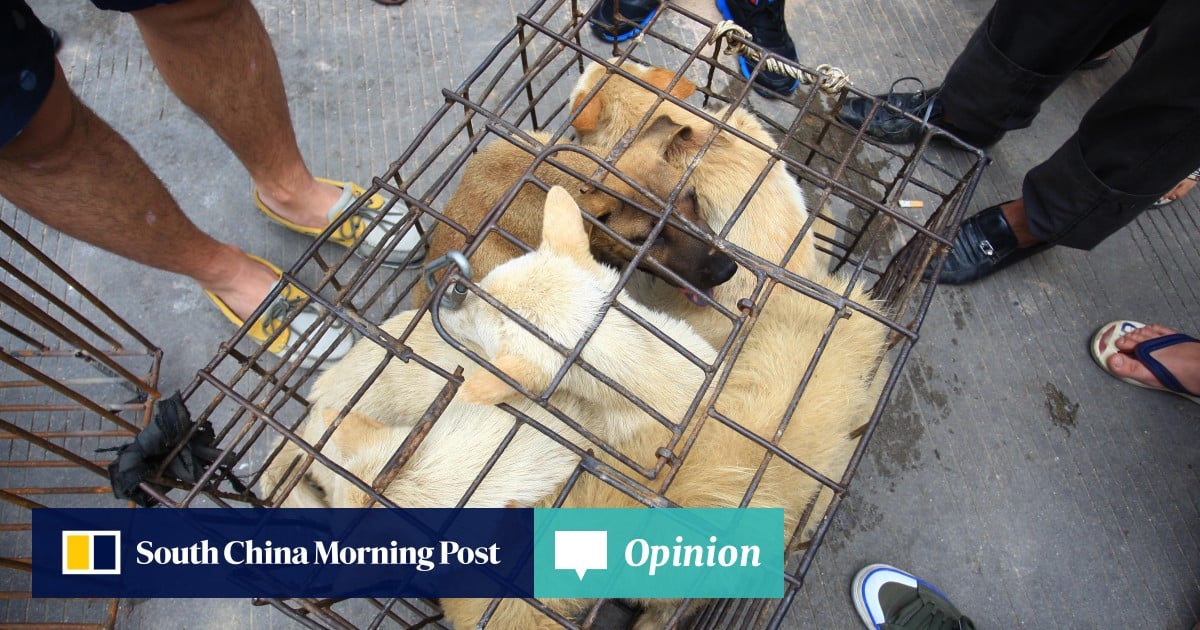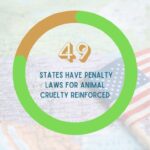In the heart of China’s bustling cities and serene countryside, animals often exist in a state that eludes the protective embrace of law. The question of animal cruelty laws in China unveils a tapestry woven with strands of tradition, modernity, and the burgeoning global consciousness regarding animal rights. Yet, as we probe deeper, the intricate patterns reveal contradictions and complexities that demand examination.
Animal welfare advocates frequently find themselves navigating a maze of cultural perceptions and legal structures. The notion of animal rights is still a relatively nascent concept in many parts of the world, and China is no exception. Historically, animals were often perceived as resources rather than sentient beings deserving of protection. This utilitarian view particularly flourishes in rural areas, where the line between companion and commodity blurs. In the vast agricultural landscapes, animals are seen more as instruments of labor or sustenance, a perception deeply rooted in centuries of practice.
However, in recent years, China’s relationship with its animals has begun to undergo a subtle cultural metamorphosis. With urbanization and the influence of global thought, a growing segment of the population is calling for a reassessment of how animals are treated. The emergence of animal rights activism mirrors the movements seen in western countries, challenging old paradigms and advocating for comprehensive legal protections.
As it stands, animal cruelty laws in China are fragmentary and often lack the teeth necessary for effective enforcement. The country does not have a comprehensive national law that addresses animal welfare in a holistic manner. Instead, regulations are scattered through various laws, ordinances, and local government measures. Animal protection is often mentioned within the context of agriculture, veterinary medicine, and wildlife conservation, more as an afterthought than as a primary concern.
One of the principal legal frameworks pertaining to animal welfare is the Animal Epidemic Prevention Law. While it primarily focuses on preventing disease among livestock, it indirectly addresses aspects of animal treatment. The challenges arise when subjects of cruelty, such as pets used in illegal dog meat trades or abandoned animals, fall outside the purview of such legislation. Unfortunately, many cases of abuse do not meet the often stringent criteria required for prosecution. In this regulatory void, the suffering of countless animals continues largely unnoticed.
Efforts for change are blossoming. In 2020, a significant gesture was made when the Chinese government announced a temporary ban on the consumption of dog and cat meat in response to growing public outcry and the concerns surrounding zoonotic diseases like COVID-19. This announcement signified not only a reaction to a health crisis but also a cultural shift, acknowledging the deepening connection between people and their pets. However, the ban largely applies to specific cities and is currently unenforceable on a national scale, leaving many loopholes through which cruelty may still seep.
The plight of wildlife is another area where the legal framework remains inadequate. Despite the government’s efforts to curb poaching and illegal wildlife trade, enforcement remains a daunting challenge. The Wildlife Protection Law, in force since 1989, has undergone revisions but still fails to encompass comprehensive protections for all species. The irony here lies within the vast biodiversity that China harbors, juxtaposed against the often cavalier attitude towards animal lives overshadowed by economic interests.
Yet, a glimmer of hope persists. A new wave of activists is rising, armed with a sense of urgency, compassion, and a strategic approach to bring about systemic change. They are employing social media and grassroots campaigns to raise awareness about animal rights issues, capturing public sentiment in a time when compassion for animals is gaining traction amongst younger generations. These advocates are not merely seeking retribution for the culprits of brutality; they are advocating for the establishment of preventive measures and educational efforts that foster empathy and respect towards animals.
Cultural integration of animal rights into the fabric of society is often hindered by a paradox of progress. As urban centers expand and modern ideals begin to infiltrate traditional beliefs, the conversations around animal welfare are growing louder. This ideological shift prompts reflection on age-old customs while introducing more humane alternatives for handling animals both in urban and rural landscapes.
Moreover, international pressure can subtly steer the course of national policy. With globalization, countries are under scrutiny, and feeling the weight of international expectations can catalyze reforms. Initiatives such as international treaties and alliances among animal welfare organizations provide a platform for dialogue and shared knowledge. Countries that once operated in relative isolation regarding animal welfare are now part of a global conversation that includes China.
In conclusion, the narrative surrounding animal cruelty laws in China is a reflection of a society grappling with its past while inching towards a more humane future. There exists an undeniable potential for transformation as public consciousness evolves. Although the laws may currently fall short, the momentum of societal will, combined with the unwavering dedication of activists, can forge a path towards meaningful reform. The truth behind international policy rests not just in legislative texts, but in the hearts and minds of people determined to safeguard the voiceless. With every enlightened voice raised, the possibility for a substantive change in the treatment of animals grows ever closer, carving out a new future where justice prevails.








